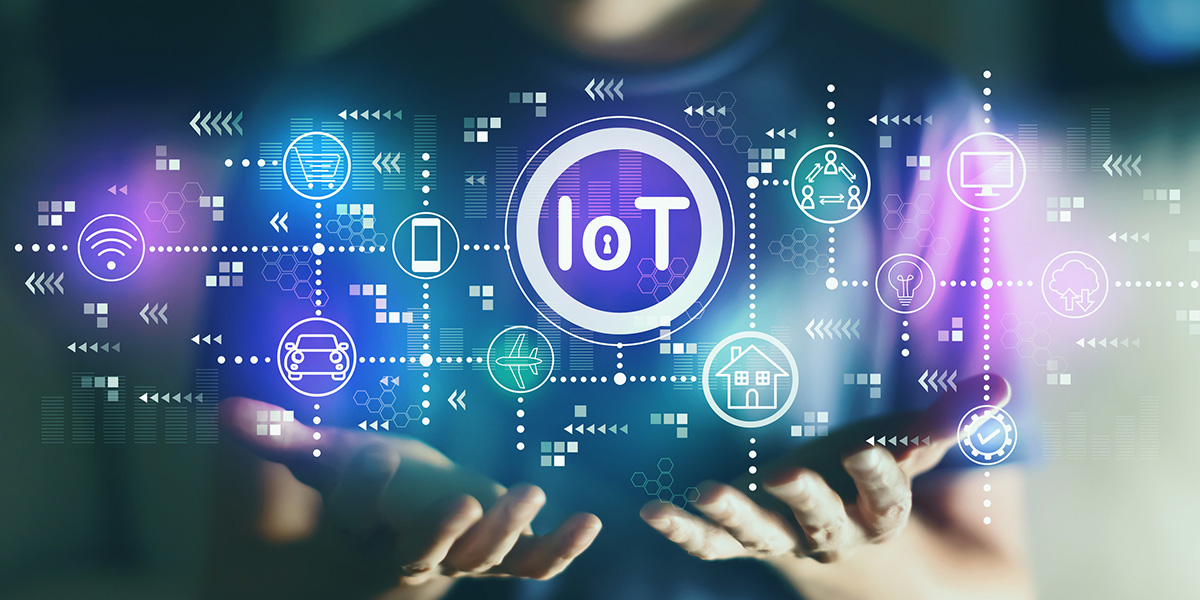Compliance Requirements for IoT Products: What Exporters and Importers Must Know
The Internet of Things (IoT) is revolutionizing the way we interact with technology. With the increasing demand for IoT devices, understanding the compliance requirements for IoT products is more important than ever, especially for exporters and importers. Ensuring compliance not only facilitates smoother international trade but also enhances the safety and functionality of IoT products.

Understanding Compliance Requirements
When dealing with IoT products, compliance is a multi-faceted concept. It involves adhering to various standards and regulations that govern the design, manufacturing, and distribution of these devices. For exporters and importers, understanding these requirements is crucial to avoid legal pitfalls and ensure market access.
The Importance of Regulatory Standards
Regulatory standards ensure that IoT products are safe, secure, and reliable. They cover various aspects such as electrical safety, electromagnetic compatibility, and data protection. Compliance with these standards is mandatory in most regions, and failure to comply can result in severe penalties.
Key Regulatory Bodies and Their Roles
Several regulatory bodies oversee the compliance of IoT products. These include the Federal Communications Commission (FCC) in the United States, the European Telecommunications Standards Institute (ETSI) in Europe, and other national bodies across the globe. Each of these organizations has its own set of standards and requirements that IoT products must meet.
FCC Regulations
In the United States, the FCC regulates the use of radio frequencies and ensures that IoT devices do not interfere with other electronic devices. Compliance with FCC regulations is essential for any IoT product intended for the U.S. market.
ETSI Standards
For IoT products in Europe, compliance with ETSI standards is crucial. These standards cover various aspects of telecommunications and ensure that IoT devices can operate efficiently within the European market.
Global Compliance Challenges
Exporters and importers face numerous challenges when it comes to global compliance. Different countries have different regulations, and keeping track of these can be daunting. However, understanding these challenges is essential for successful international trade.
Data Protection and Privacy
One of the most significant challenges is ensuring data protection and privacy. With IoT devices collecting vast amounts of data, compliance with data protection regulations such as the General Data Protection Regulation (GDPR) in Europe is critical.
Security Concerns
Security is another major concern when it comes to IoT products. Compliance with security standards is essential to prevent unauthorized access and ensure the integrity of IoT networks.
Steps to Ensure Compliance
Ensuring compliance for IoT products involves several steps. From design to production, every stage must adhere to the relevant standards and regulations.
Conducting Compliance Testing
Compliance testing is a critical step in ensuring that IoT products meet the required standards. This involves testing the device’s performance, safety, and security to ensure it complies with the relevant regulations.
Documentation and Certification
Proper documentation and certification are essential for demonstrating compliance. This includes maintaining records of testing and obtaining the necessary certifications from relevant regulatory bodies.
Resources for Compliance
There are numerous resources available to help exporters and importers understand and meet compliance requirements. These include online guides, professional consultants, and industry associations.
Online Guides and Resources
Many online resources provide valuable information on compliance requirements for IoT products. Websites like Newark’s IoT Product Development offer detailed insights into the compliance process.
Professional Consultants
Hiring a professional consultant can also be beneficial. These experts can provide personalized advice and ensure that your IoT products meet all the necessary compliance requirements.
Future Trends in IoT Compliance
The world of IoT is constantly evolving, and compliance requirements are no exception. Staying informed about future trends is essential for exporters and importers.
Emerging Technologies
As new technologies emerge, compliance requirements will continue to evolve. Keeping abreast of these changes is crucial for maintaining compliance in the future.
Increasing Focus on Sustainability
Sustainability is becoming a significant focus in the IoT industry. Compliance with environmental standards is likely to become increasingly important in the coming years.
Conclusion
Understanding compliance requirements for IoT products is essential for exporters and importers. By adhering to these requirements, businesses can ensure the safety, security, and reliability of their IoT products, facilitating smoother international trade and enhancing customer trust.

FAQs
Q1: What are the primary compliance requirements for IoT products?
A1: The primary requirements include safety, security, electromagnetic compatibility, and data protection.
Q2: How can exporters and importers ensure compliance?
A2: By conducting compliance testing, maintaining proper documentation, and obtaining necessary certifications.
Q3: Why is data protection important for IoT compliance?
A3: Data protection ensures the privacy and security of user data, which is crucial for maintaining trust and meeting legal obligations.


